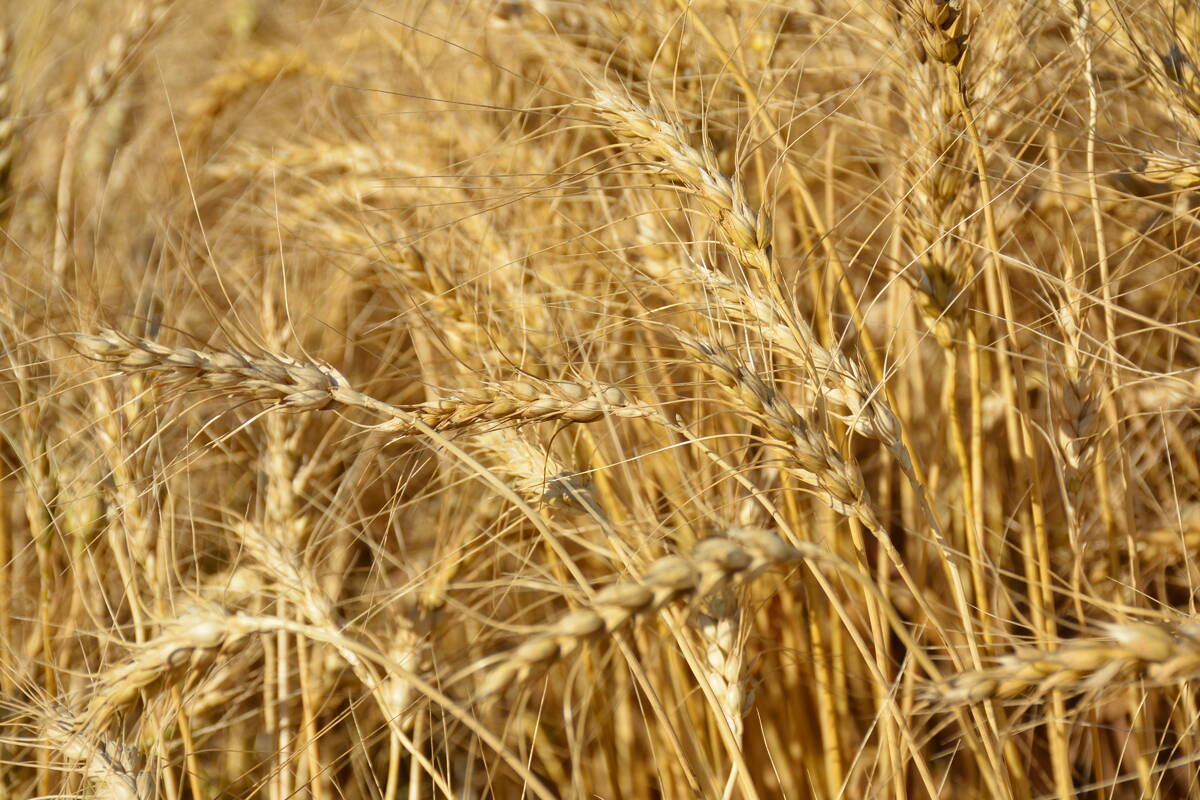The debate over hog barn development in Manitoba took a new turn this month when a rural municipality prepared a zoning bylaw aimed at blocking large-scale livestock operations.
“We want family farms,” said Clayton Murray, reeve for the RM of Saskatchewan. “We don’t want mega barns.”
But the bylaw caught the attention of the province, and prompted a letter of objection from Manitoba Agriculture.
Among other things, the zoning bylaw would prohibit the development of livestock operations with more than 250 animal units if such an operation were to produce liquid manure that would be held in earthen storage.
Read Also

Large wheat supply pressures prices
SASKATOON — World wheat prices are likely to continue falling as more bumper crops are harvested, says an analyst. Argus…
In the case of hogs, 250 animal units would be the equivalent of about 200 animals in a farrow-to-finish operation and 1,786 hogs in a feeder operation.
Bylaws prepared by municipalities are sent to the province’s intergovernmental affairs department for review. The RM of Saskatchewan’s bylaw raised a red flag when it reached the provincial offices.
“It was restricting expansion of livestock in the province,” said agriculture minister Rosann Wowchuk.
“Our responsibility is to look at whatever impacts on agriculture.”
But the province’s actions sparked accusations that it was meddling with the autonomy of municipal government.
Hogwatch Manitoba also accused the government of defending the interests of large-scale corporate barns over family farms.
Hogwatch co-chair Vicki Burns called the province’s objection to the municipal bylaw both alarming and “very illuminating.” While the government claims to support family farms, it appears to be doing the opposite, she said.
“They need to reflect on what their goals are.”
Wowchuk said her government’s commitment to family farms has not wavered. Its resolve to protect the environment and to encourage sustainable agriculture also remains firm.
“We see livestock as an opportunity for growth and an opportunity to bring stability to the family farm.”
The intergovernmental affairs department knows of no other Manitoba municipality that has tried to prohibit intensive livestock operations by adopting a bylaw akin to the one from the RM of Saskatchewan.
The bylaw, which went to a public hearing Aug. 15, would also prohibit livestock operations with more than 800 animal units that produce liquid manure and store it in above-ground tanks.
And it would prohibit the development of operations of more than 2,500 animal units that produce non-liquid manure.
It was not known last week how far the province might go in challenging the municipality’s position.
Murray said the RM is not opposed to hog production, but it wants to be cautious about what kind of development takes place.
He was coy about whether the RM council will change its position in light of the province’s objections.
“Maybe there will be changes. Maybe there won’t be.”
Marcel Hacault, chair of the Manitoba Pork Council, wondered why some municipalities are limiting chances for livestock expansion when grain producers are struggling.
“If they want to see their municipality die a slow death, then maybe that’s their prerogative. If municipalities are going to shut down options, then they don’t leave much choice for rural people.”
Hacault suggested that Manitoba might want to look at proposed Alberta legislation, in which the government would assume full responsibility for approving intensive livestock operations, as well as monitoring them and enforcing environmental standards.
Wowchuk has said she supports a sharing of the approval process between the province and municipalities.














